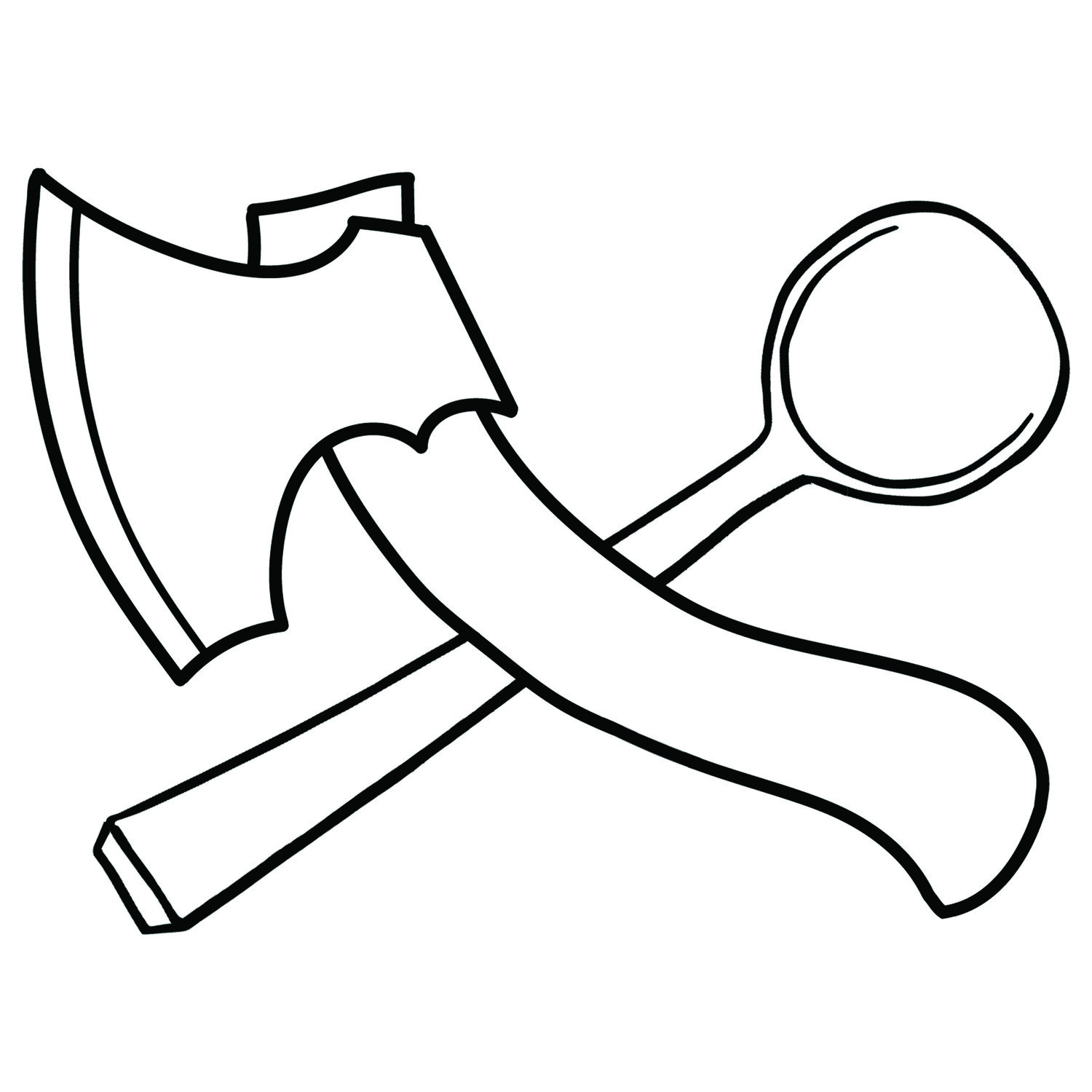Wood Week at North House
As the final part of my apprenticeship, Jarrod has kindly brought me along to help out at his knife skills class at North House Folk School in Grand Marais, MN. It's right on the shore of Lake Superior and a bit of a Mecca for craft in the Midwest.
I've heard a lot about it in the three short years I've been living in the States. A lot of very well regarded craftspeople run courses here. So having my first time here be as an assistant instructor is pretty cool.
The class Jarrod is running is a focus on process. All the other classes have some product or item as an end goal. Focusing on process is a pretty bold move. A lot of people get motivated to sign up for craft workshops because they want to try making a thing. Telling folks that, essentially, we'll just be practicing a bunch of techniques is a harder sell. But the class is full, and that makes me inordinately happy.
With a product focused class, students are often champing at the bit to make that thing. Inexperienced students are nervous to step outside their comfort zone and risk ruining the item they're trying to make. By shifting the focus to process, Jarrod is giving the students freedom to try new grips and techniques without being quite so invested in the item they're making.
Today Jarrod explained to them the basics of wood, a little about grain and had them split up a log into roughly inch square lengths. They cut those lengths in half and used the pieces to practice a variety of knife grips. That was the morning. The whole afternoon was spent on making chopsticks. We didn't finish the chopsticks and that's great.
Getting really skilled at knife work requires you to work slowly. Working slowly lets you control the cut you're making. It also allows you to 'listen' to what the interaction of blade edge and wood fibre is saying. The knives we use have what's called a 'Scandi grind'. There's a single wide, flat bevel that goes from about halfway from the spine of the blade to the very edge. Laying that flat bevel on a piece of wood just about puts the cutting edge in contact with the wood fibres. If the wood is perfectly flat we can move the knife, bevel flat, along the wood without cutting anything. If we lift the spine away from the wood, the edge comes into contact with wood and begins to cut into it. Often the angle required to start the cut is steeper than the angle we want to continue along at. So once the knife begins to enter the wood we need to rock the spine back down towards the wood. Too far and the cut will exit the wood. Just right and we'll create a nice long shaving. These movements might only be a single degree or less. It's that delicacy that we're trying to get the students to feel for.
Being able to assist Jarrod is a lot of fun. I haven't really taught carving alongside anyone before. While Jarrod is perfectly capable to teaching this all on his own, it's nice to be able to throw in little helpful comments, point out things the students might have missed and generally make myself look intelligent without having to go through the effort of being responsible for the class as a whole.
Jarrod's class runs until Thursday, then there are open workshops all day Friday. I'll try to give a daily update of the week, but there's a chance I'll be having too much fun to write everyday.




